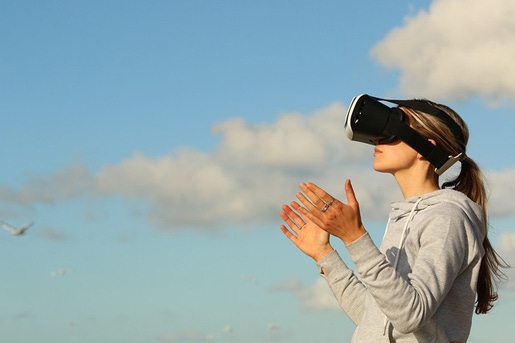Virtual reality can be used to help develop medical products people will want to use.
July 26, 2017

Virtual reality can be used to help develop medical products people will want to use.
Andrew Sweeney
The basics of virtual reality (VR) are no secret: originally adopted by gamers, it's a computer technology that reproduces a physical environment, allowing the user to simulate a presence in and interact with that environment. What may be a surprise, however, is its application to areas beyond gaming--including medical device development.
Simulation in VR provides a medical device development professional with a first-person glimpse into a world experienced only from the product users' perspective. This is important, because an empathetic understanding of end users must be maintained throughout the product development process. That impacts human factors, designers, and engineering professionals as they undertake their individual aspects of product development. Further, empathy complements the rigor of testing and evaluating design solutions by providing a deeper understanding of user needs, emotions, and perspective.
Immersive technologies like altered reality (AR) and VR hold promise as tools to help product development teams understand the use environment through simulated environments that would normally be difficult to access, particularly in healthcare. VR can be used for early design research to rapidly screen initial design concepts, identify user needs by watching users test virtually built product concepts, and moderate and conduct remote testing.
We see three main benefits of VR in medical device development:
Creating Immersive Contextual Simulations
By building the simulated environment, the moderator/observer can join the participant in that setting and observe user behaviors. The virtual simulation gives users more context to perform tasks without requiring them to try to imagine the use environment.
Capturing Complex Environments
Restricted research environments, such as operating rooms or emergency departments, can be captured in VR by clinicians when access may typically be restricted. Bringing the technology to clinical participants is a more efficient approach to gaining input without disrupting their clinical responsibilities.
Capturing first-person observational data from the clinician allows for the project team to immerse themselves in the environment to better understand the end user needs as they work through the medical device development and evaluation process.
Improving Data Collection
Incorporated tools, such as eye tracking, can be employed to record what the participant notices, while positional tracking algorithms can be used to quantitatively discern the limitations of a particular user within a designed space. Remote testing with AR/VR can help address the challenge of recruiting as it opens opportunities to gain input from user cohorts that may be difficult to schedule or locate within a geographical region, such as users with rare conditions.
The data collected with AR/VR will give insight into the value of the decisions made from the user's perspective, while reducing the time it takes to gain testing outcomes. Virtual concepts can be evaluated more rapidly, allowing for more cycles of design iteration.
While VR will not, nor should not, completely replace in-person user testing, it adds a tool to the product development toolbox to help medical products be developed that people can, and will want, to use.
Andrew Sweeney is an industrial designer at Battelle.
[Image courtesy of PEXELS/PIXABAY.COM]
You May Also Like


